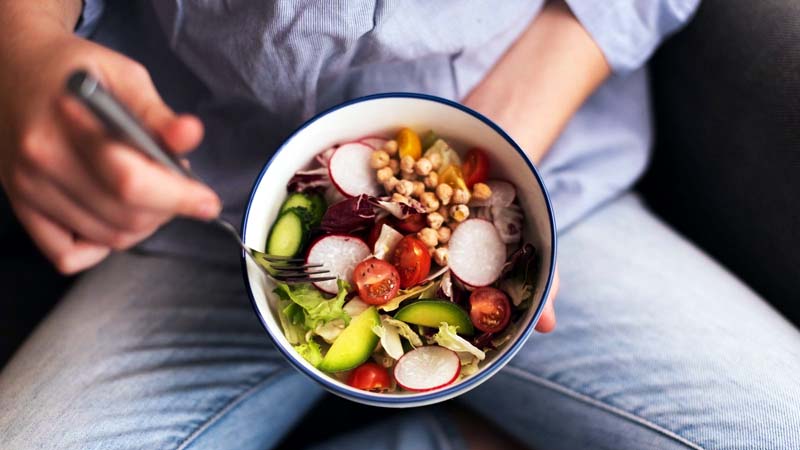![[feature] What Is An Anti-Inflammatory Diet? Here's Exactly What You Need To Know](https://blogger.googleusercontent.com/img/a/AVvXsEhMeoWt-eTsEk-g9rEIFZRviM75gnnmMdvpMuzFDMu7QhPvY_67b61SoaOpnH9dRTzxL1MkWNuR2n9eophqXsQpPpKRnM9KMDdTKQxzjxIDRhe26YWdHSReES8n8s826WOoLIsIIONZ5ypB9dCkfVoCqxFKDEL9oqV6CjAOHI-jZteRKVMkCeViTEOP=s16000-rw) |
| © Kseniya Ovchinnikova / Getty Images |
If you're ready for a total-body reset that will leave you feeling and looking better than ever, allow me to introduce you to the anti-inflammatory diet.
Yes, I said the word "diet"—but in reality, there's no calorie-counting or macro-tracking involved.
“An anti-inflammatory diet is not a specific diet per se, but rather a way of eating that focuses on mostly whole, minimally processed foods, and incorporates foods that contain specific nutrients and antioxidants to help combat inflammatory processes in the body,” says Rachel Dyckman, RDN.
The purpose: to combat chronic inflammation within your body that might be leading to problems like G.I. tract issues, fatigue, muscle pain, and more. Chronic inflammation can have many different triggers, including food allergies, reactions to certain medications, or even stress.
You'll score more details on the benefits of the diet, tips to optimize your nutrition, a meal plan, and even a list of anti-inflammatory foods you can take to the grocery store.
Reducing inflammation in the body isn't just about what you eat, either. The guide also contains recommendations for other healthy lifestyle changes you can make to feel better, stat.
The entire plan is backed up by experts including Dyckman, Nisha Chellam, MD, a physician at Parsley Health, Vanessa Rissetto, RD, co-founder of Culina Health—so you know it's legit.
Read More: Why Millennials Are Always Tired?
Why You'll Love The Anti-Inflammatory Diet
Need some more convincing? Here are just a few reasons why the anti-inflammatory diet might be worth trying.You don't need to cut carbs.
If you consider yourself the Carbs Queen, you can breathe a sigh of relief. While an anti-inflammatory diet will involve cutting down on processed grains (think: white bread, pasta), you can still enjoy plenty of whole grains (like quinoa or oats) as well as sweet potatoes to get your carb fix.You can still eat snacks.
If your body is telling you to eat, an anti-inflammatory diet won't stop you. Just focus on snacks like nuts or fruit (an apple with peanut butter is a solid option) as opposed to a sugar-packed granola bar.You can still pack your foods with flavor.
No bland shakes or meal replacement bars on this plan. Instead, you'll be focusing on filling your plate with colorful foods and ramping up the flavor with spices like cinnamon, ginger, cayenne, and turmeric.See more at Women's Health
























